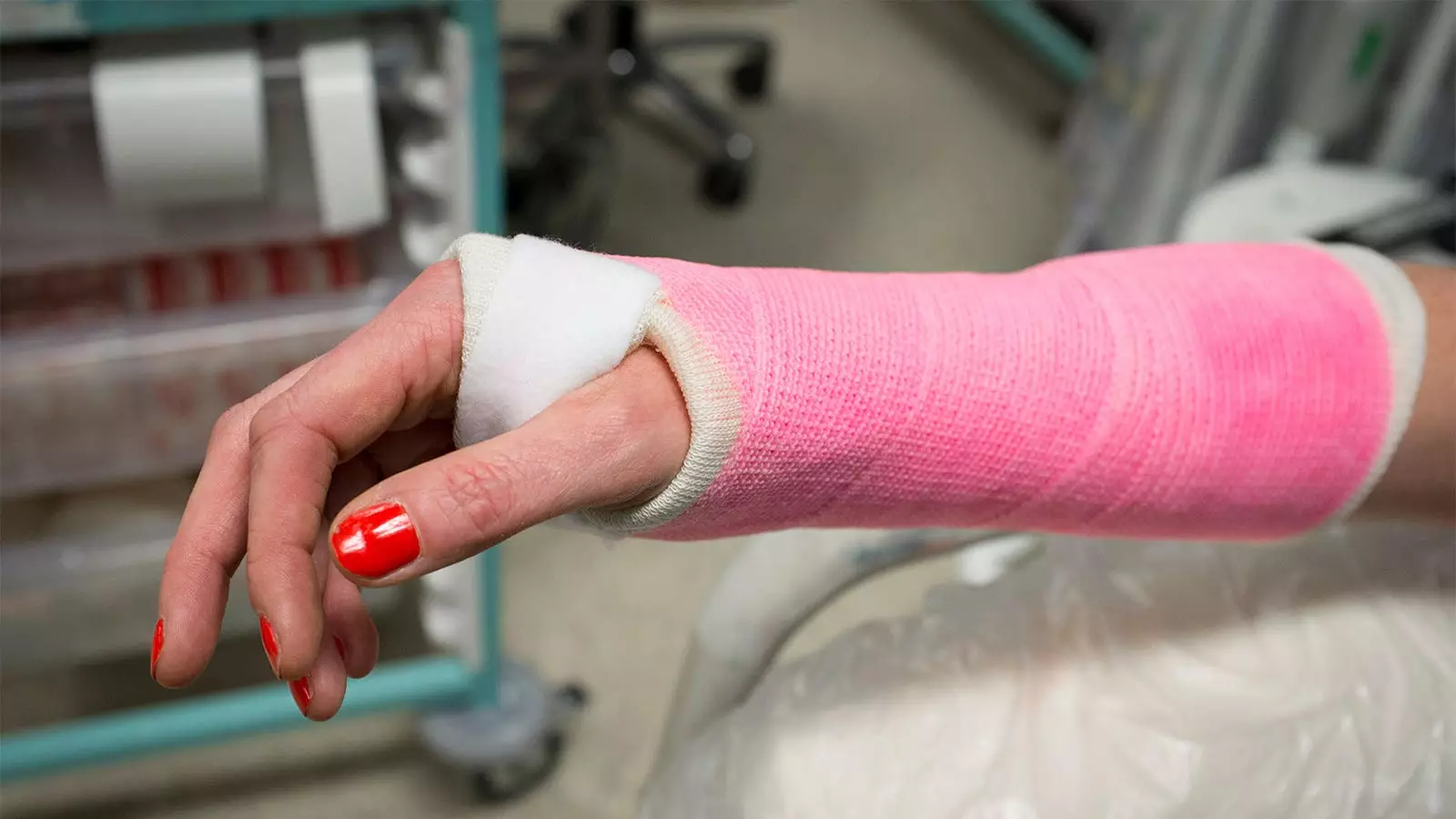The study conducted by Nicole Wright, PhD, MPH, and colleagues revealed some interesting findings regarding fracture rates among postmenopausal women in the Women’s Health Initiative (WHI). While white women had the highest rates of fractures, other ethnic groups were not far behind. Black, Pacific Islander, Asian, and multiracial women had significantly lower risks for any clinical fracture compared to white women. This sheds light on the racial disparities that exist in bone health management and fracture prevention.
Fracture Incidence Disparities Within Hispanic and Asian Women
One of the intriguing aspects of the study was the differences in fracture incidence within Hispanic and Asian women. For instance, Asian Indian women had the highest age-standardized incidence rate for any fracture, comparable to white women, while Filipina women had the lowest rate, being 47% lower than white women. Similarly, Cuban women had the highest fracture incidence rate among Hispanic women, comparable to non-Hispanic women. These disparities highlight the need for tailored intervention strategies based on ethnic background to address the varying risk factors associated with fractures.
The study’s findings underscore the importance of fracture prevention efforts among various ethnic groups, not just non-Hispanic white women. American Indian and Alaskan Native, Asian Indian, and Cuban women were identified as higher-risk groups for fractures, necessitating targeted interventions and healthcare initiatives. As demographics in the U.S. continue to evolve, with the Hispanic community becoming the largest racial and ethnic minority group, it is crucial to address bone health disparities to improve outcomes and reduce the burden of osteoporosis-related fractures.
Wright emphasized the need for longitudinal studies to delve into the contributors to racial and ethnic differences in fracture rates. By identifying these factors, researchers can develop targeted interventions aimed at minimizing disparities in osteoporosis management and fracture outcomes. It is vital to consider factors such as education level, income, nutrition, lifestyle, bone mineral density, and bone geometry in future studies to gain a comprehensive understanding of the complex interplay between race, ethnicity, and fracture risk.
While the study provided valuable insights into fracture rates among postmenopausal women from diverse ethnic backgrounds, there were certain limitations that must be acknowledged. Factors such as education level, income, acculturation, nutrition, lifestyle, bone mineral density, and bone geometry were not adjusted for in the comparisons, which could have influenced the results. Moving forward, research in this area should strive to account for these variables to paint a more accurate picture of the relationship between race, ethnicity, and fracture risk.
The study by Wright and colleagues highlights the racial disparities in fracture rates among postmenopausal women. By recognizing the diverse risk factors associated with fractures across different ethnic groups, healthcare professionals can develop targeted prevention strategies to improve bone health outcomes and reduce the burden of osteoporosis-related fractures. Moving forward, a comprehensive approach that considers the intersection of race, ethnicity, and other socio-economic factors is essential to address the complex nature of fracture risk and management.

Leave a Reply